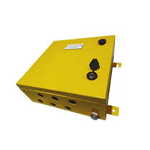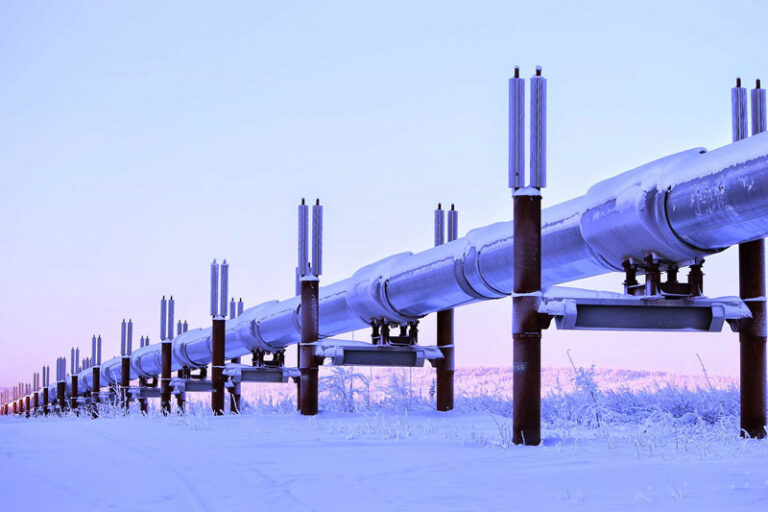What is cathodic protection and how does it prevent accidents?
- Post author:armaghan kia
- Post published:February 3, 2024
- Post category:Cathodic Protection
- Post comments:0 Comments

cathodic Protection is a corrosion control technique used to prevent the corrosion of metal surfaces by making them the cathode of an electrochemical cell. This method is particularly employed to protect structures and equipment that are exposed to corrosive environments, such as pipelines, storage tanks, and marine structures. The primary goal of cathodic protection is to inhibit the corrosion of metals by supplying a low-voltage direct current (DC) from an external source, which counteracts the natural corrosion process.
Here’s how cathodic protection works and how it helps prevent accidents:
Mechanism of Cathodic Protection:
- Sacrificial Anodes or Impressed Current:
- Sacrificial Anodes: These are more reactive metals (like zinc or aluminum) that are attached to the structure to be protected. These anodes corrode sacrificially, diverting the corrosion attack away from the structure.
- Impressed Current: In this method, an external DC power source is used to supply a controlled amount of current to the structure, actively protecting it from corrosion.
2. Electrochemical Reaction:
- In a corrosion cell, the protected metal becomes the cathode, and the sacrificial anode or impressed current source becomes the anode.
- Corrosion of the anode occurs sacrificially, releasing electrons into the metal structure, preventing the metal from oxidizing and corroding.
Prevention of Accidents:
- Infrastructure Integrity:
- Cathodic protection helps maintain the structural integrity of critical infrastructure, such as pipelines, storage tanks, and bridges, by preventing corrosion-related deterioration.
2.Pipeline Safety:
- In the oil and gas industry, pipelines are susceptible to corrosion, especially in underground environments. Cathodic protection prevents pipeline failures and leaks, reducing the risk of environmental contamination and accidents.
3.Marine Structures:
- Cathodic protection is extensively used in marine structures, such as ships, offshore platforms, and docks, to prevent corrosion caused by exposure to seawater. This helps avoid accidents like structural failures or sinking due to corrosion-induced damage.
4.Storage Tanks:
- Above-ground and underground storage tanks, commonly used in industries like petrochemicals, can be protected with cathodic protection to prevent leaks, spills, and potential accidents resulting from tank failure.
5.Safety in Utilities:
- Cathodic protection safeguards utility infrastructure like water distribution systems and sewage treatment plants, preventing leaks, breaks, and potential accidents associated with corroded pipes.
6.Reduced Maintenance Costs:
- Implementing cathodic protection systems reduces the need for frequent maintenance and repairs, lowering the risk of accidents resulting from deteriorating infrastructure.
Conclusion:
this is a proactive and effective method for preventing accidents related to corrosion in various industries. By preserving the integrity of metal structures, it contributes to the safety, reliability, and longevity of critical infrastructure, ultimately minimizing the risk of accidents and environmental hazards.



